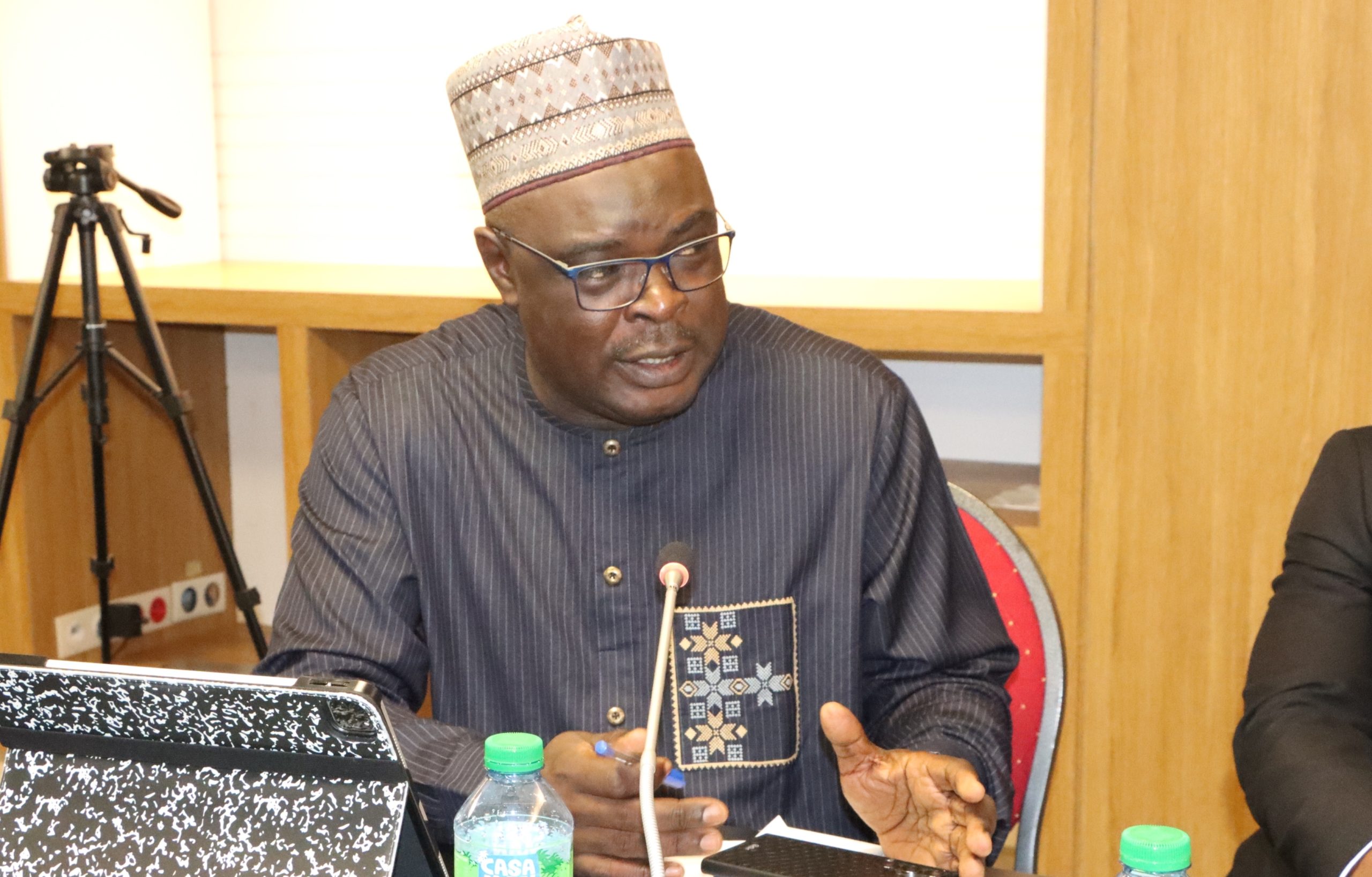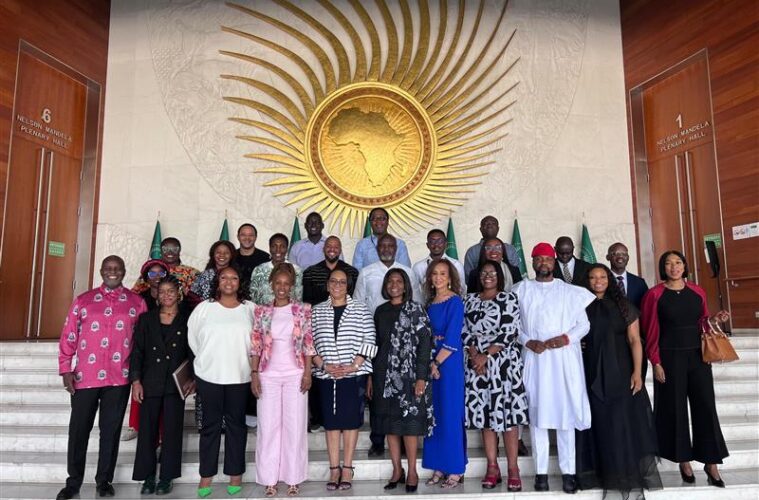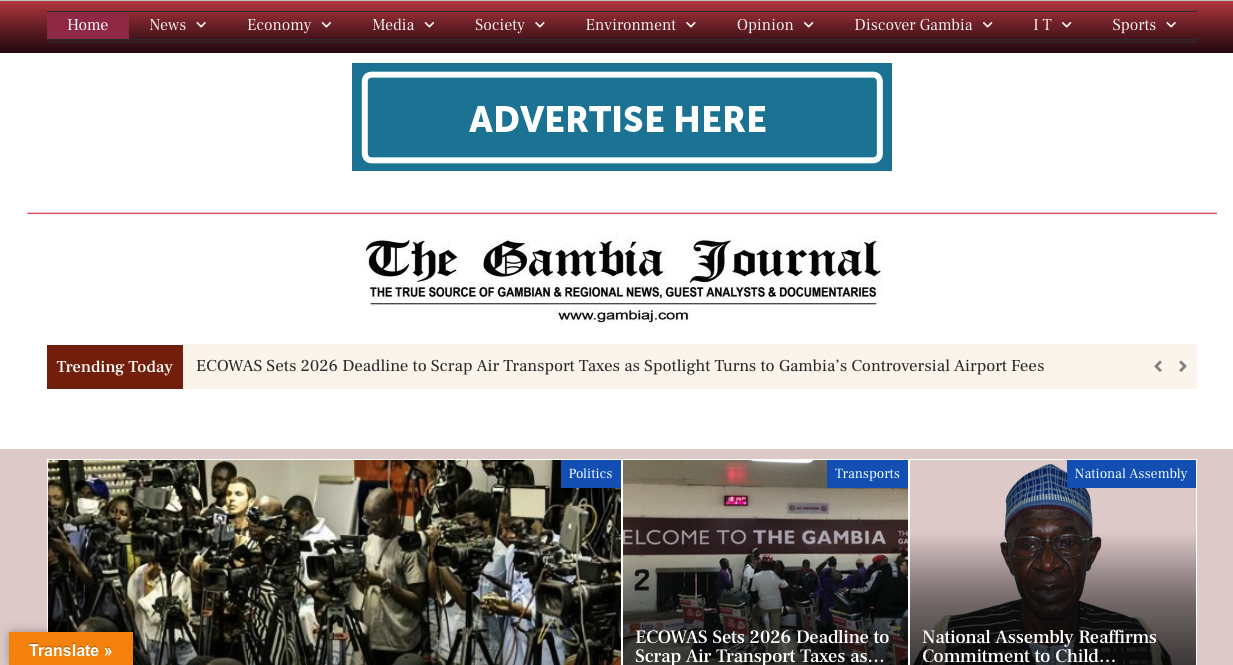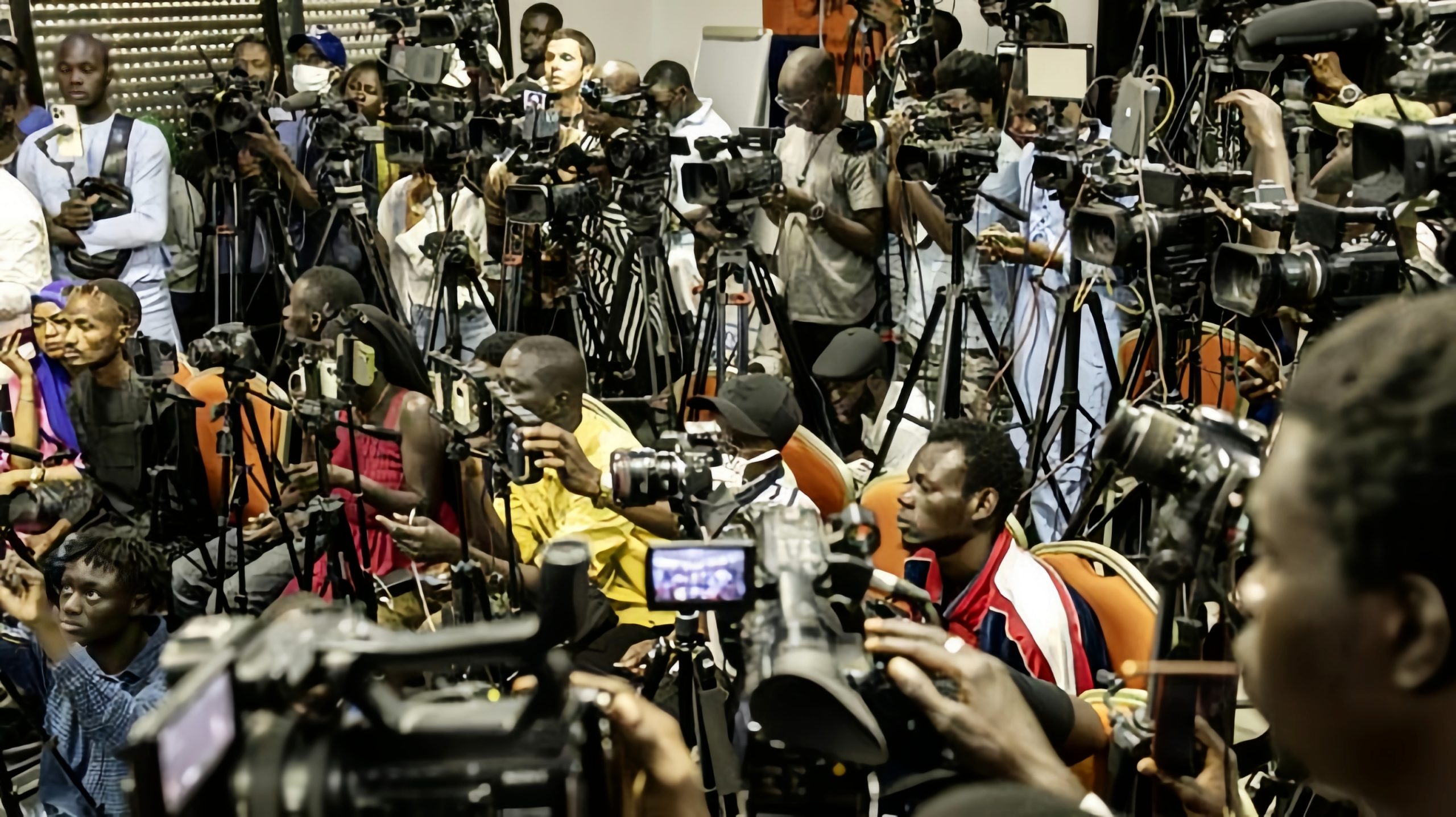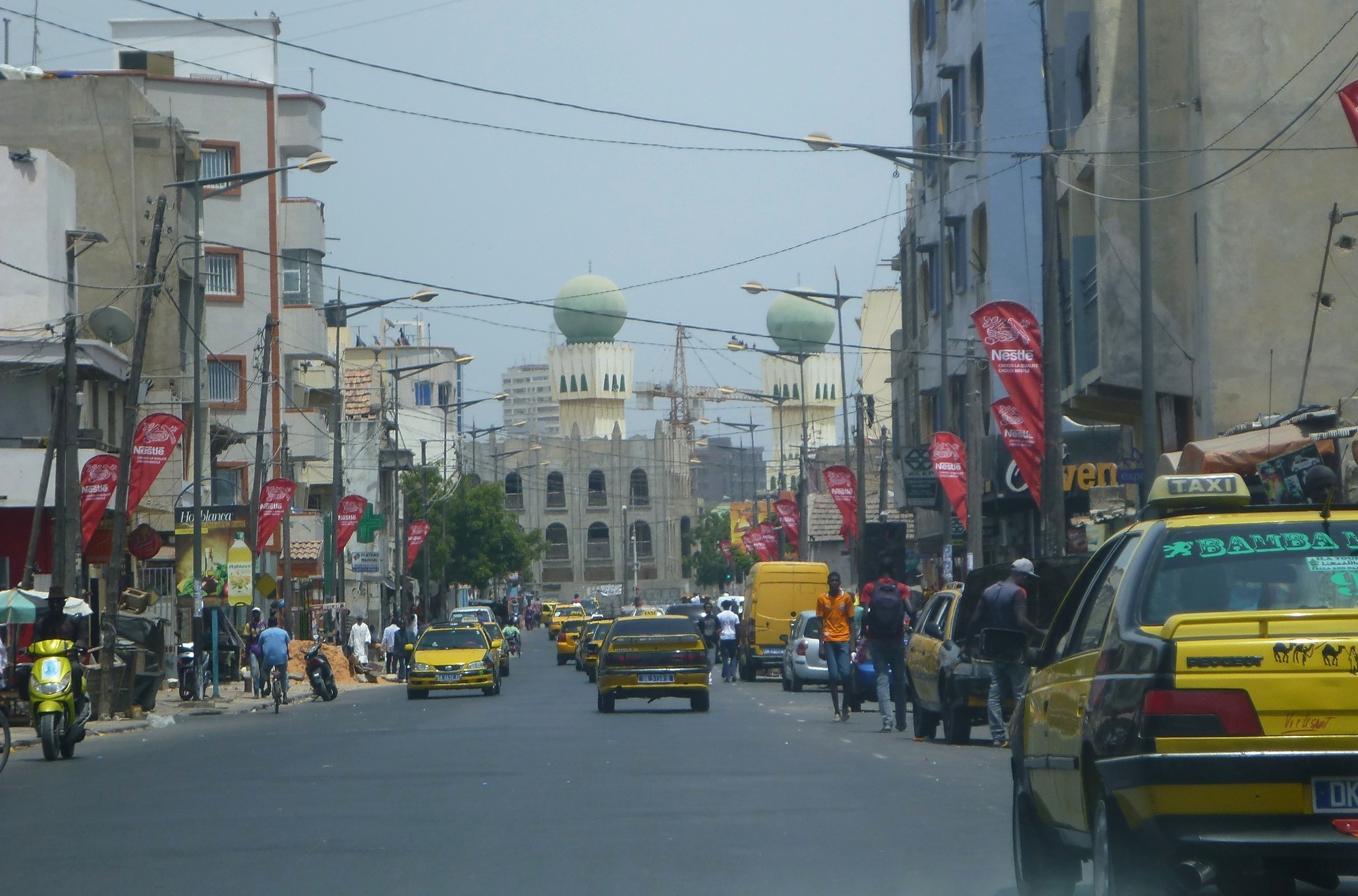Gambiaj.com – (DAKAR, Senegal) – Senegal’s fiscal trajectory in the first quarter of 2025 reveals an increasingly precarious balance between debt servicing and developmental spending, as highlighted by the latest Budget Execution Report (REBT) released by the Ministry of Finance and Budget. The data points to growing financial stress, with debt charges soaring while investment expenditures remain unusually low.
According to the REBT, financial charges linked to debt servicing reached 225.24 billion CFA francs, accounting for 24.16% of the amount allocated in the 2025 Initial Finance Appropriation.
This marks a stark increase of 43.57 billion CFA francs—or 23.98%—compared to the same period in 2024. The report attributes this hike to both domestic and external debt obligations, which rose by 25.44 billion and 18.13 billion CFA francs, respectively.
This sharp rise in debt servicing costs signals deepening fiscal vulnerability, especially as Senegal continues to borrow to meet both short-term liquidity needs and longer-term infrastructure ambitions.
While Senegal’s debt level remains within the ECOWAS convergence thresholds, the upward trend in interest payments is gradually tightening fiscal space and leaving fewer resources for productive investments.
At the same time, overall state expenditures stood at 1,419.45 billion CFA francs at the end of Q1, amounting to 22.14% of the budgeted allocations for the year. Among these, personnel costs remain dominant.
Public sector wage payments totaled 357.07 billion CFA francs, representing 24.04% of the annual projection.
The increase was modest—1% over the previous year—but remains significant in light of the growing size of the civil service, now at 186,205 agents, up 1.4% from the previous quarter.
Predictably, the education and vocational training sectors accounted for the lion’s share of the payroll, absorbing 54.25% of personnel expenditures.
They were followed by defense and security (24.07%), health (5.70%), finance and budget (3.09%), and justice (2.60%). Constitutional institutions consumed 2.11%, while all other sectors combined shared a modest 8.18% of the wage bill.
Despite the robust spending on recurrent items like debt service and wages, investment expenditure—the spending intended to drive long-term growth—remained conspicuously sluggish.
Only 2.64 billion CFA francs were ordered for investment, down dramatically from 20.64 billion during the same period in 2024. This represents the lowest category of expenditure so far in 2025.
The Ministry of Finance attributes this delay to procurement bottlenecks, which traditionally resolve only in the second half of the year.
Yet this explanation is a recurring feature of Senegal’s budgetary cycle, pointing to structural inefficiencies in the public investment management system.
Sectors like defense, economic affairs, and environmental protection reported the highest execution rates, yet even these remained modest—26.5%, 25.5%, and 14.4%, respectively.
In contrast, operational spending on goods and services—essential for day-to-day functioning of state institutions—amounted to 84.5 billion CFA francs, or 20.35% of the approved credits. This figure marks a decrease of 5.38 billion CFA francs compared to Q1 2024, suggesting restrained discretionary spending amidst rising financial obligations.
The data from Q1 2025 paints a revealing picture of Senegal’s fiscal stance: one where increasing debt repayments are consuming a growing portion of the budget, while development-oriented investment continues to lag.
Without meaningful reform in debt management and public procurement, Senegal risks entrenching a cycle of high recurrent spending and low public capital formation—an imbalance that could limit the country’s medium-term growth prospects.
As the second quarter unfolds, fiscal watchers will be keen to see whether procurement processes accelerate and whether investment spending picks up pace. But with debt charges expected to remain elevated, the margin for maneuver appears increasingly narrow.



